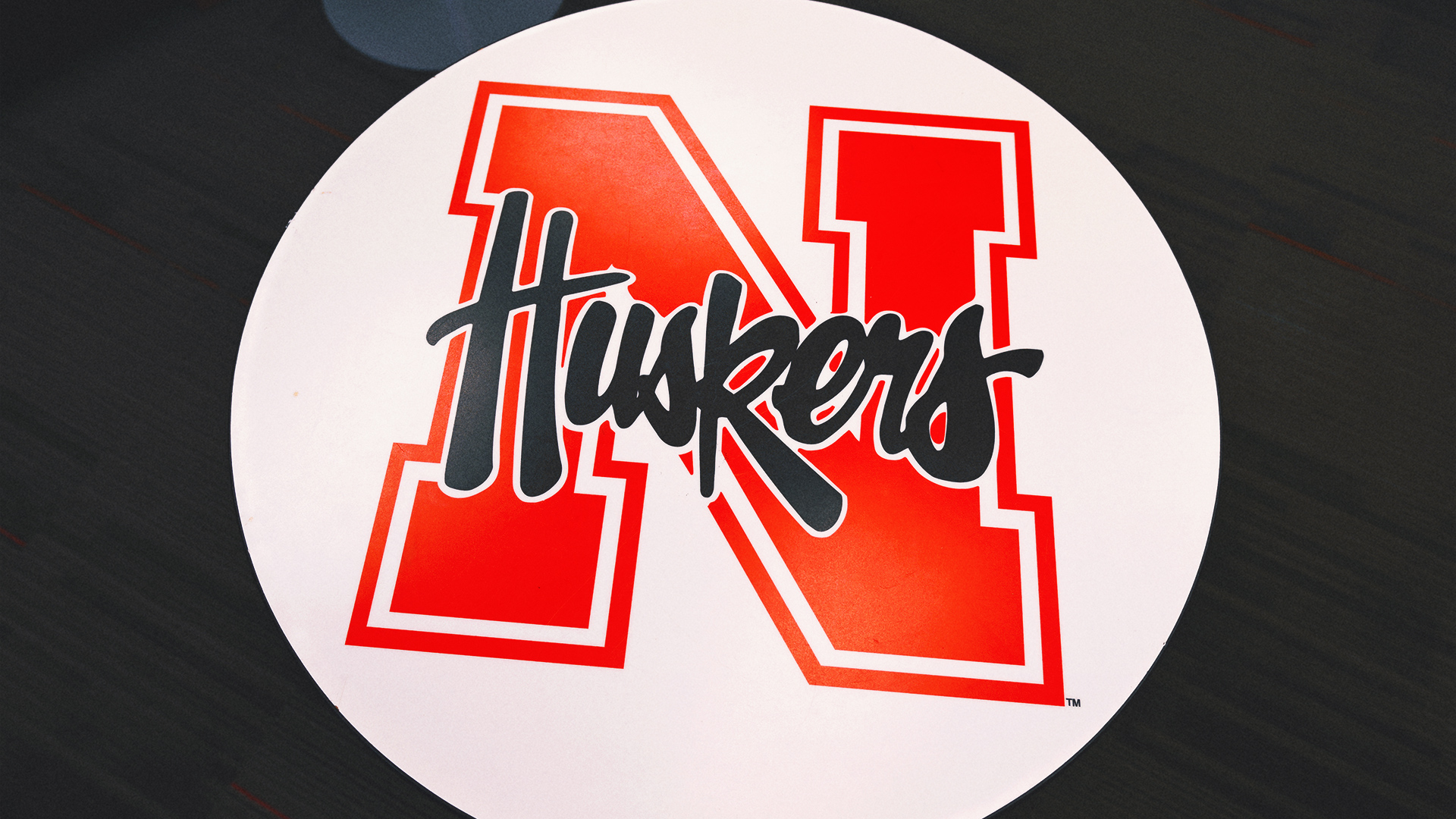In the era of the expanded College Football Playoff, non-power conference programs have a guaranteed spot in the postseason for the first time.
But they’re still left clawing for spots as the power conferences get bigger and stronger—especially the SEC and Big Ten—from rankings to revenue distributions.
The Automatic Qualifier
The 12-team College Football Playoff guarantees that at least one non-power conference school will earn a CFP berth. The CFP reserves one spot for the top-ranked Group of 6 conference champion. (Each power conference champion gets an automatic qualifier spot; the remaining seven spots are filled by at-large bids based solely on rankings.)
Because the Group of 6 automatic qualifier comes from the conference championship game, the spot is up for grabs regardless of CFP rankings—though the rankings can offer a glimpse into which conference’s champion the committee might choose.
Last year, that champion was Boise State, hailing from the Mountain West. This year, that champion will likely come from the American conference, which has had multiple schools appear in the CFP Top 25 rankings. Last week, the committee ranked the University of Southern Florida at No. 24; this week, they dropped USF in favor of Tulane, also at No. 24.
But that doesn’t mean either program would actually appear.
Then there’s Navy, currently first in the American with an 8-2 overall record and 6-1 conference record, hasn’t been ranked at all, and could certainly win the American championship game. The University of North Texas and Memphis have been in conversations as well.
“The American is a really good conference this year, a really top-heavy conference,” CFP Selection Committee chairman Hunter Yurachek told reporters after Tuesday night’s rankings reveal.
But that doesn’t guarantee an American team will make it. The committee, at least at this point, discussed the merits of ranking Tulane over JMU, from the Sun Belt—another potential CFP contender if they win their conference championship and can somehow leapfrog the American conference champion in overall rankings.
In theory, Group of 6 teams could also be awarded one of CFP’s seven at-large bids. But that would mean they have to be ranked overall in or around the top 12—which so far has not happened yet this year.
However, the Group of 6 champion will face a new twist this year. Last year, the conference champions received the top five spots in seeding. That’s why Boise State was seeded No. 3 last year ahead of the ACC and Big 12 conference champions, earning them a bye, despite their overall ranking being No. 9. But this year, seeding will be based solely on ranking—meaning a Group of 6 conference champion will not receive a seeding boost for their conference title.
Sharing Revenue
The finances of the College Football Playoff are in flux, as last season and this season created a holdover of conference distributions for the four-team playoff that will readjust starting in 2026. The changes will also reflect the dissolution of the Pac-12, which went from being counted as a power conference to a Group of 5 (now Group of 6) conference.
And while Group of 6 leagues make significantly less than power conference leagues, they still have eight-figure payouts waiting for them.
Last year (and this year), the CFP distributed 80% of conference revenues to power conferences, and 20% to Group of 6 conferences. Last year, for example, they received about $93.07 million each, according to the CFP. The non-power conferences shared $116.09 million total. The revenue has been adjusted to ensure that conferences don’t distribute less money to schools after expanding.
There are also performance bonuses for appearing and advancing in the CFP. This year, the bonus structure will offer each conference $4 million per school to make the playoff—including both automatic qualifiers and at-large bids. They’ll then earn another $4 million for each team that makes the quarterfinals. The CFP will then award $6 million for teams that reach the semifinal, and $6 million for teams that make the national championship.
That guarantees at least one $4 million bonus to the Group of 6 the conference who lands a conference champion in the Playoff. But again, there’s a complication. Last year, the top four-ranked conference champions (which included Group of 6 team Boise State), were at the time guaranteed $8 million, as they were also guaranteed first-round byes and guaranteed a spot in the quarterfinals. But now, the top four byes will go to the top four ranked teams—almost guaranteeing that no Group of 6 program will earn an automatic $8 million.
What’s more, starting in 2026, the revenue distribution will become even more skewed. The Big Ten and SEC will each earn 29%, for a total of 58% of total CFP revenue. The ACC and Big 12 will earn 32% total, with the Group of 6 splitting 10% (and power conference Notre Dame receiving part of this distribution as well).
The post The Battle for College Football Playoff Relevance in the Group of 6 appeared first on Front Office Sports.

 2 hours ago
4
2 hours ago
4














